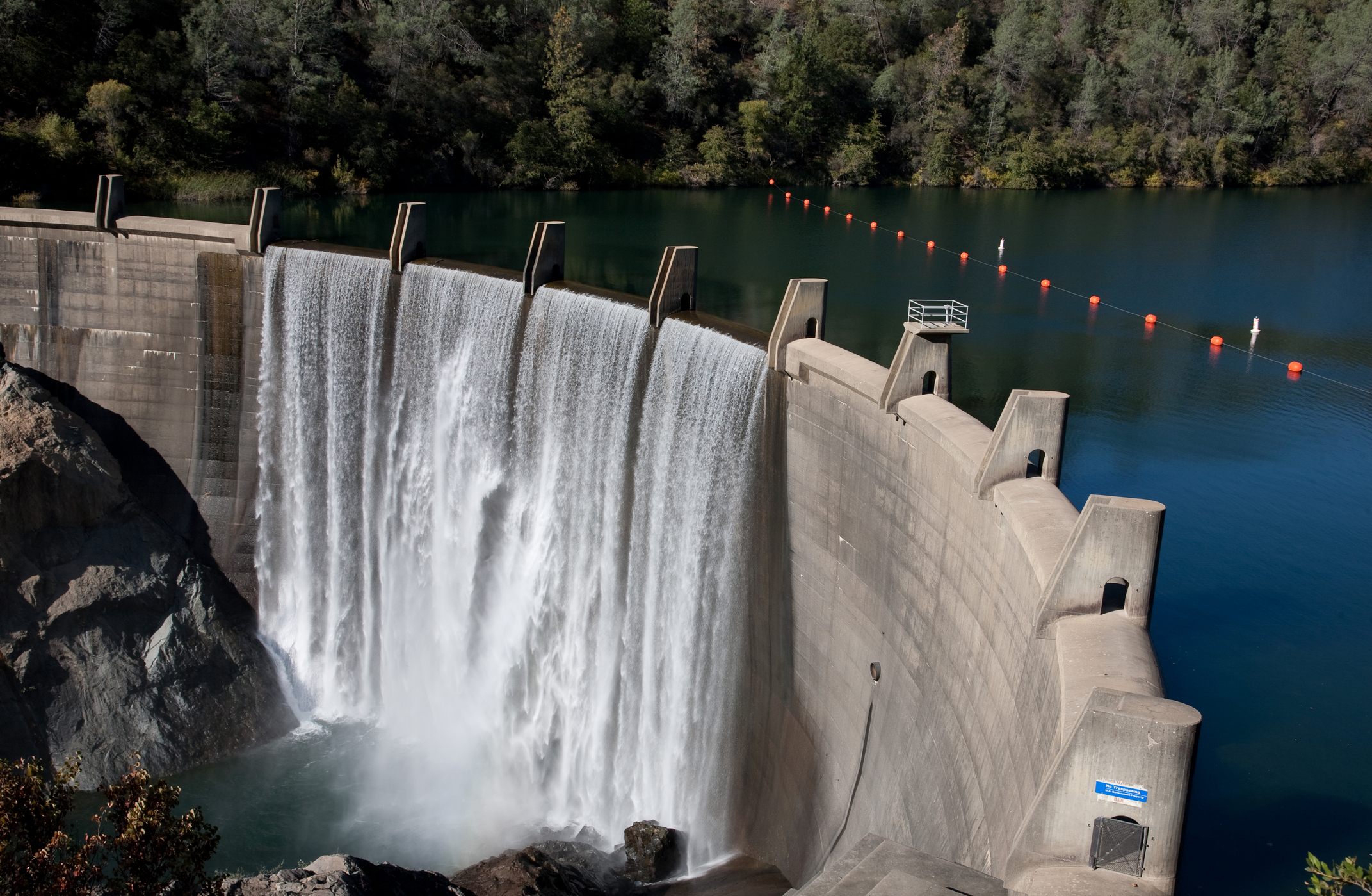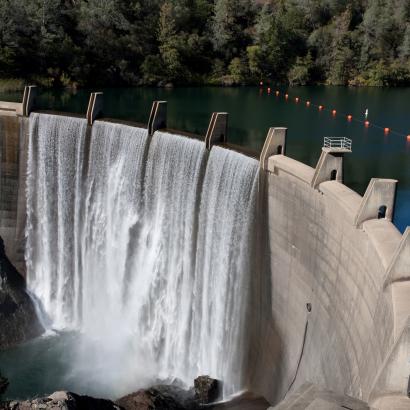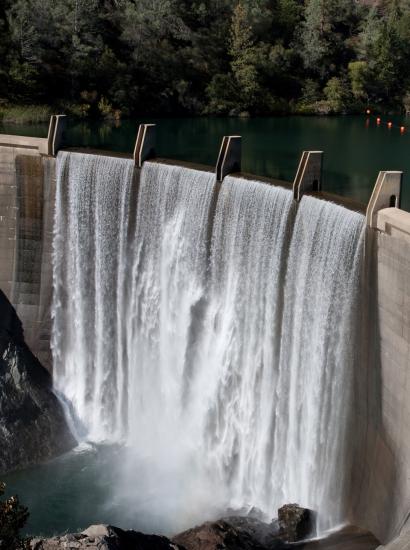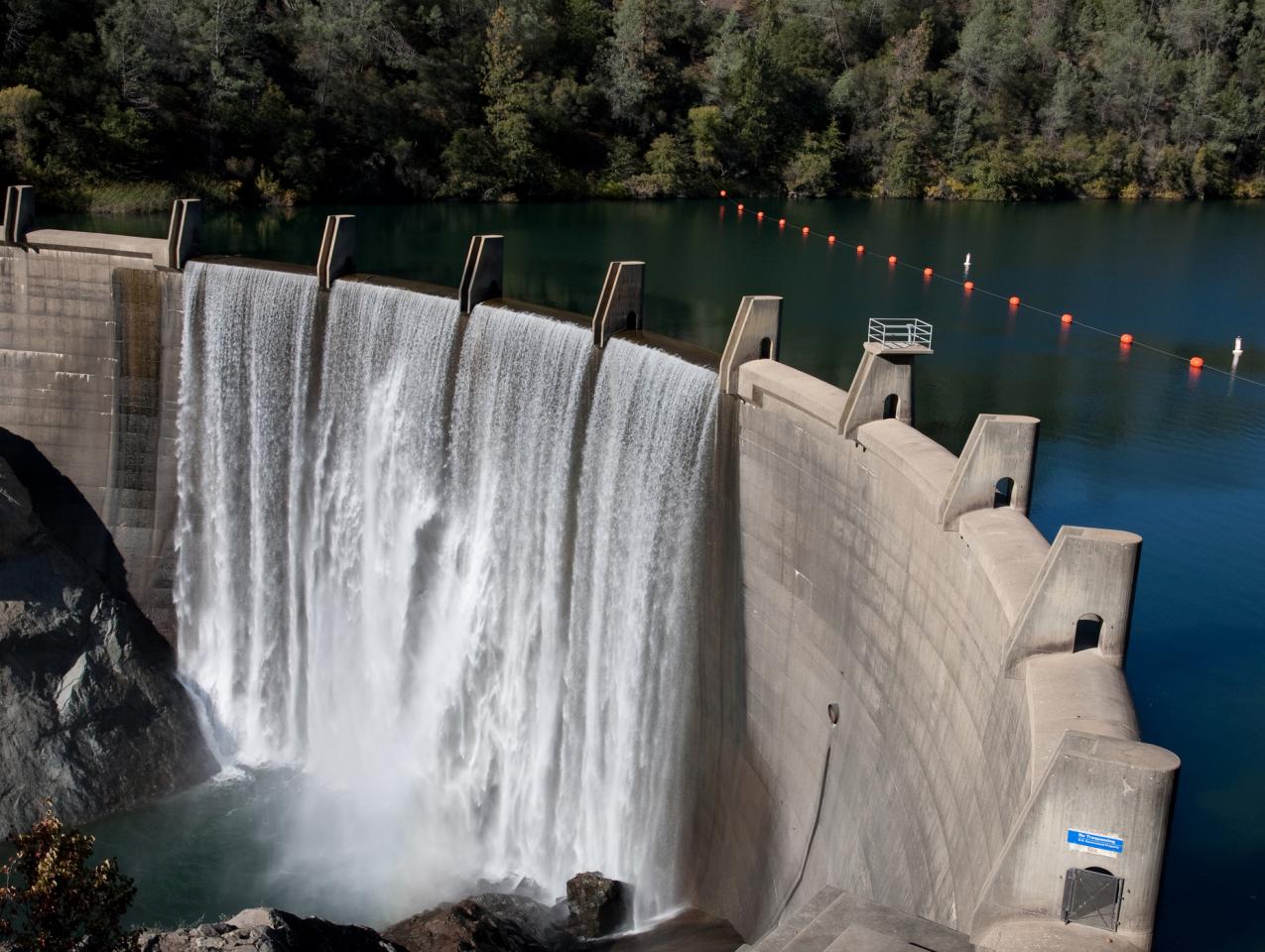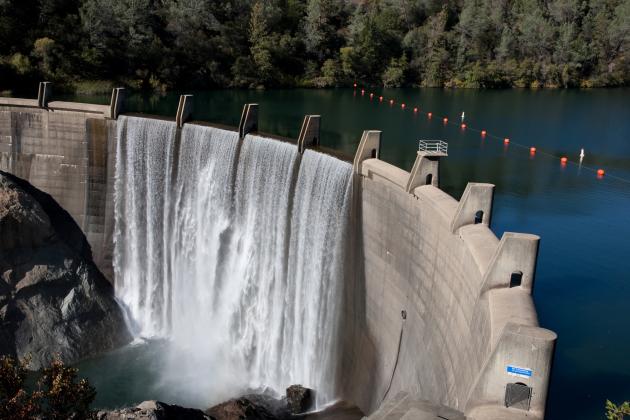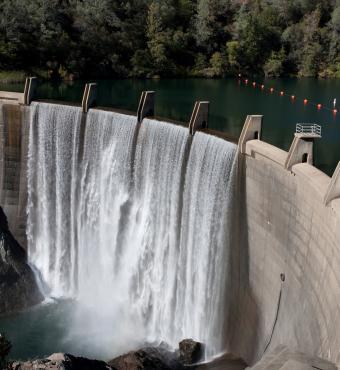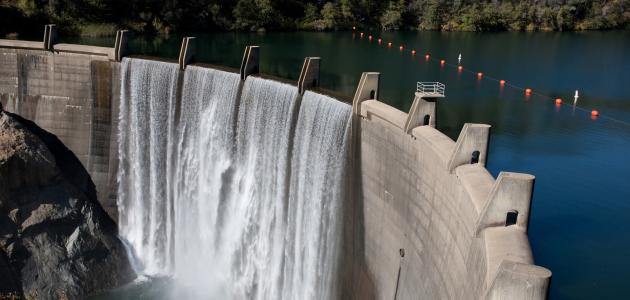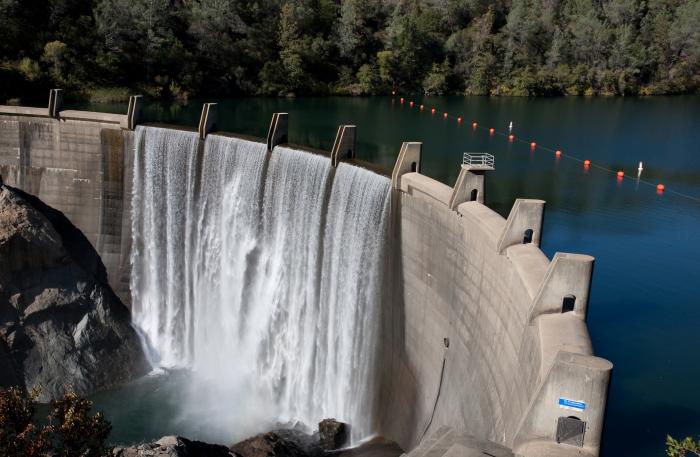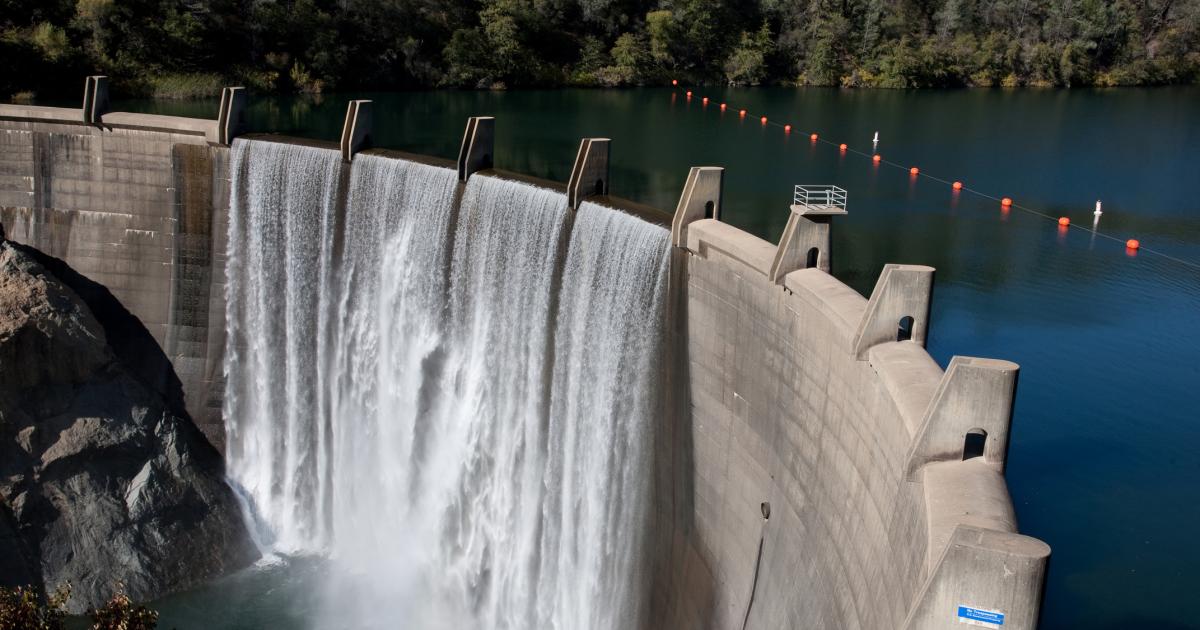- Energy & Environment
- Politics, Institutions, and Public Opinion
- State & Local
- California
California has a long history of expanding access to water, Earth’s most precious resource.
Here, ingenious engineering projects brought water from the mountains in the north to the desert in the south. The result: California’s Central Valley is among the most productive farmland in the world. And our cities are some of the most populous and innovative.
This vision to bring water to all corners of such a sprawling and dry state is a uniquely American achievement. It led President John F. Kennedy, who spurred America to put a man on the moon, to travel to California in the summer of 1962 and boast about the completion of the San Luis Reservoir.
“I hope this great project will spread a renewed sense of commitment,” Kennedy said of the decades-long effort—the first time federal and state water authorities collaborated on a project of such scale. “The benefits that will come from it are unique and special.”
Today, that vision has faded. Our infrastructure systems, especially our water systems, are paralyzed by unnecessary partisanship. Worse, in important ways, they’ve been squandered by politicians who promoted failed projects such as California’s attempt at building statewide high-speed rail (HSR) at the expense of expanding and improving existing structures that meet public needs. It seems the vision for growth has instead become managed decline.
Our immediate challenge is twofold.
First, we need to stop wasting taxpayer money on high-speed rail, which after ten years has proven to be a runaway boondoggle. Since 2009, the project’s costs have ballooned while oversight has shrunk. When California voters approved a $9.95 billion bond measure in 2008 to fund construction, the estimated overall cost was $33 billion. Now, the price tag is (conservatively) projected at $77 billion. And contrary to ten years of promises, the route will not even run from San Francisco to Anaheim.
Recognizing these failures, the Federal Railway Administration recently took the prudent steps of de-obligating the remaining $929 million in federal funding to the project and is exploring recouping the $2.5 billion in federal funding that is being spent.
Most Americans expect this type of cost-benefit analysis from their government. Indeed, successful private enterprises do this on a daily basis.
Yet it has led to a partisan food fight in California. Even after Governor Gavin Newsom acknowledged, in his State of the State Address, that the project as currently planned “would cost too much” and “take too long” to complete when he called for the end of the California high-speed rail project, Sacramento special interests have continued to fight against abandoning the project because it could cause HSR funds to return to President Donald Trump and the federal government.
“Resistance” politics does nothing to address the fraught reality of this project and the gross mismanagement of precious taxpayer funds by the California High-Speed Rail Authority. Nor does it deliver on the needs of California citizens.
I applaud the decision to end this high-speed boondoggle. But I also believe that money should stay in California to help improve our infrastructure, as intended.
Why not redirect the funds to projects that would modernize water storage and delivery systems?
Congressional California Democrats and Sacramento politicians made a major mistake in ignoring the need for new, major reservoirs. Before and during the most recent drought, they wrongly assumed that drier days were here to stay. So, long-planned reservoirs designed to capture water during wet years and store it for dry ones were never built in California.
As a result, when wet years came, as they did in 2016 and 2017, millions of acre-feet of water were allowed to run off into the sea. In all, California lost 1.4 trillion gallons of fresh water to the San Francisco Bay between 2008 and 2017 because our state lacked large enough water-storage systems.
Imagine what farmers and families could have done with that water had it not been wasted. Whole communities could have avoided suffering due to lack of water.
The last major reservoir in California was built forty years ago—one of only three since JFK’s visit to the Golden State nearly six decades ago. Since then, the Golden State’s population has more than doubled, straining the limits of our infrastructure even during good years.
Our old, insufficient water-storage system must be updated, and we should reallocate High-Speed Rail funds to pay for it. That is why I introduced H.R. 1600, the RAILWAY Act (“Repurposing Assets to Increase Long-Term Water Availability and Yield.”)
Under my proposal, which every California Republican congressman has cosponsored, Congress would redirect any and all of the $3.5 billion in federal HSR funds to five water-storage infrastructure projects in California. These projects include building a new reservoir called Temperance Flat on the upper San Joaquin River, enlarging the existing Shasta Reservoir, and fixing subsidence on the Friant-Kern Canal, which bring waters to the east side of the Central Valley from Millerton Lake. When completed, these projects could provide 5 million acre-feet of additional water-storage capacity for Californians across the state.
This is a far better use of taxpayer money than HSR and would address a critical public need.
It is important to remember that California is drought free for the first time since 2011. We must capitalize on wet years like this one to prepare for dry years.
America—and California—are too great for small visions. Like President Kennedy at the San Luis Reservoir, Californians must reject the belief that “everything that had to be done has been done.”
Let us return to the vision that brought water—and with it, prosperity—to all corners of California.







